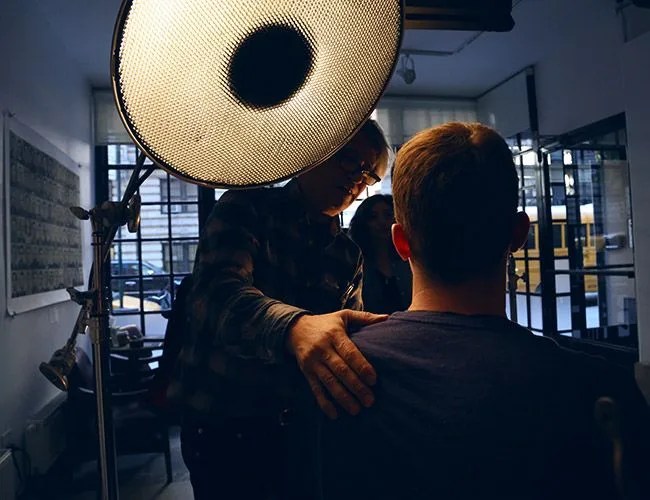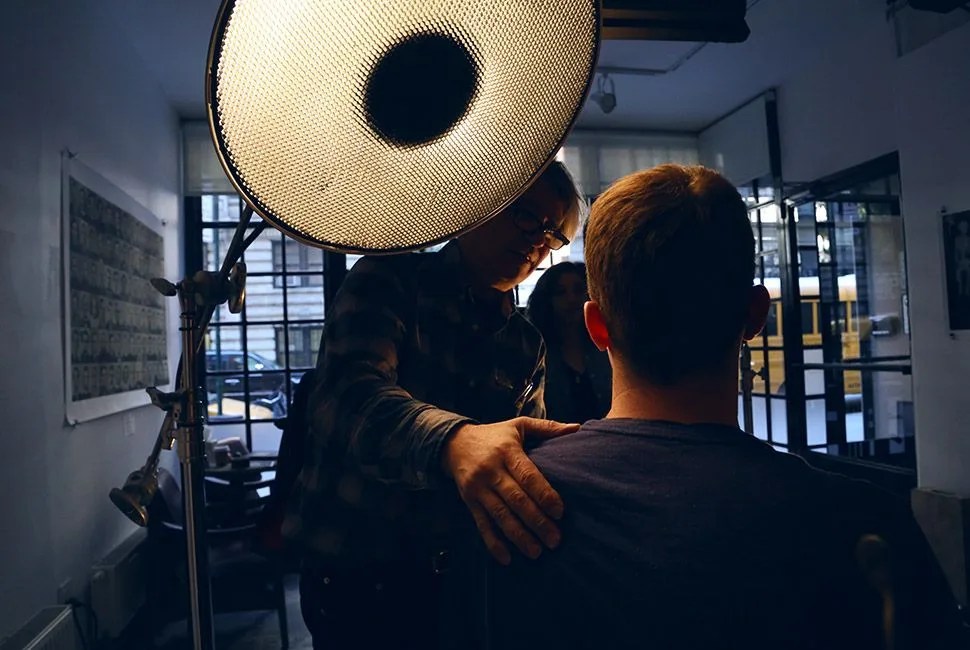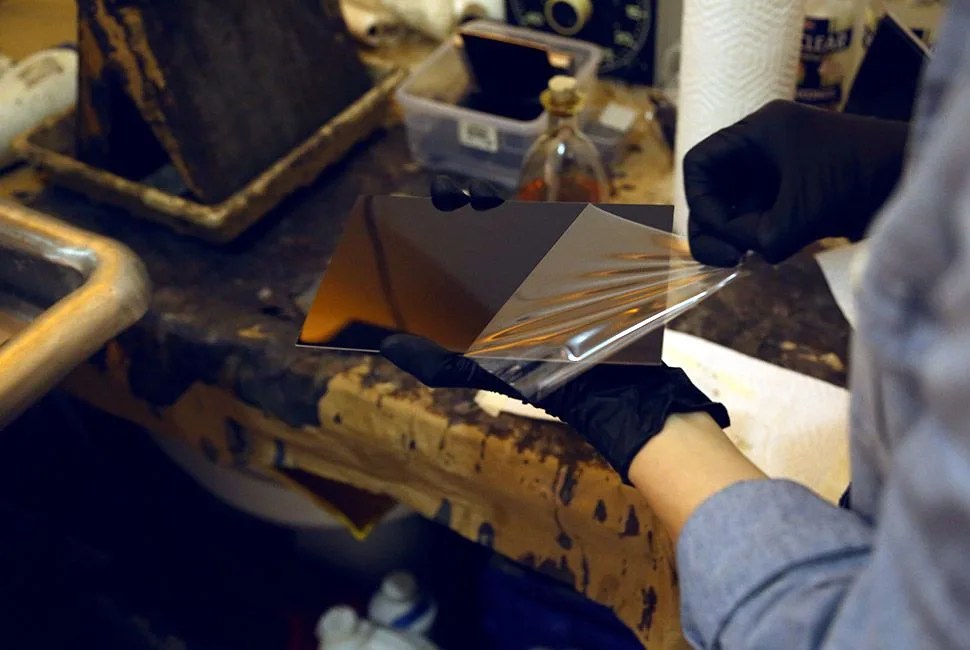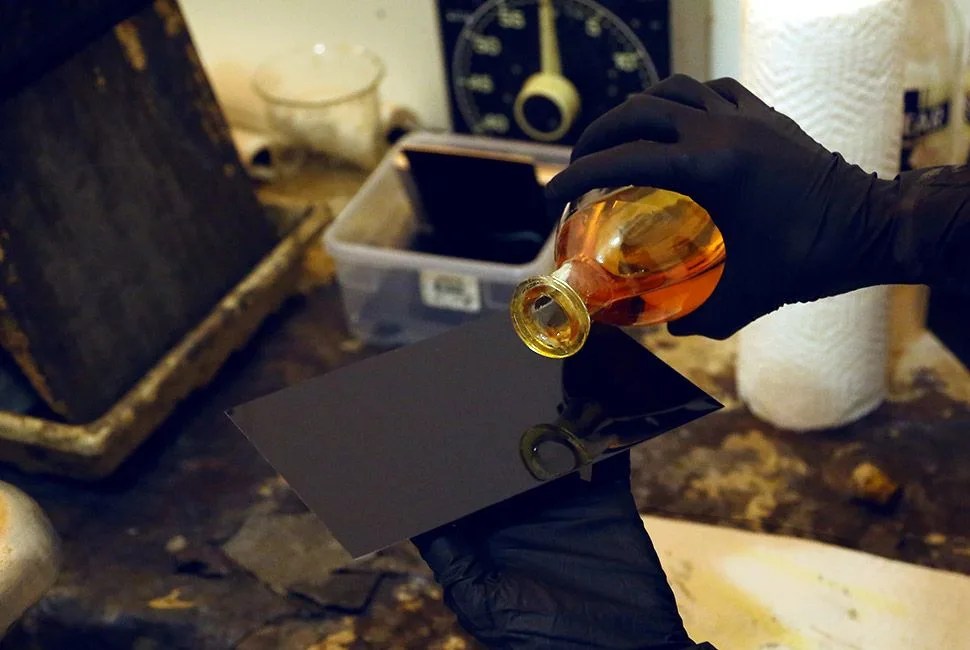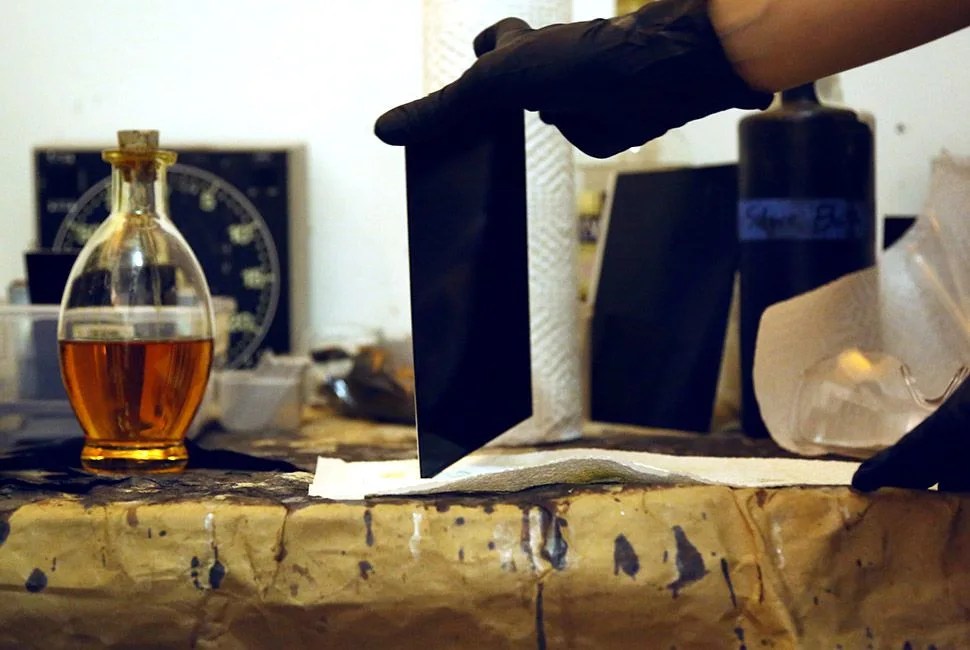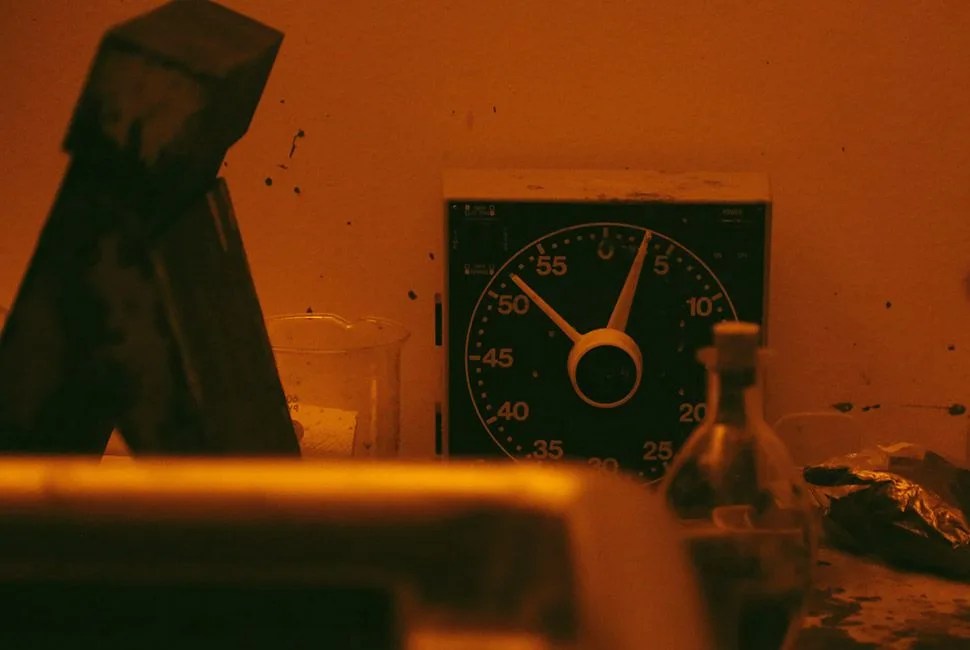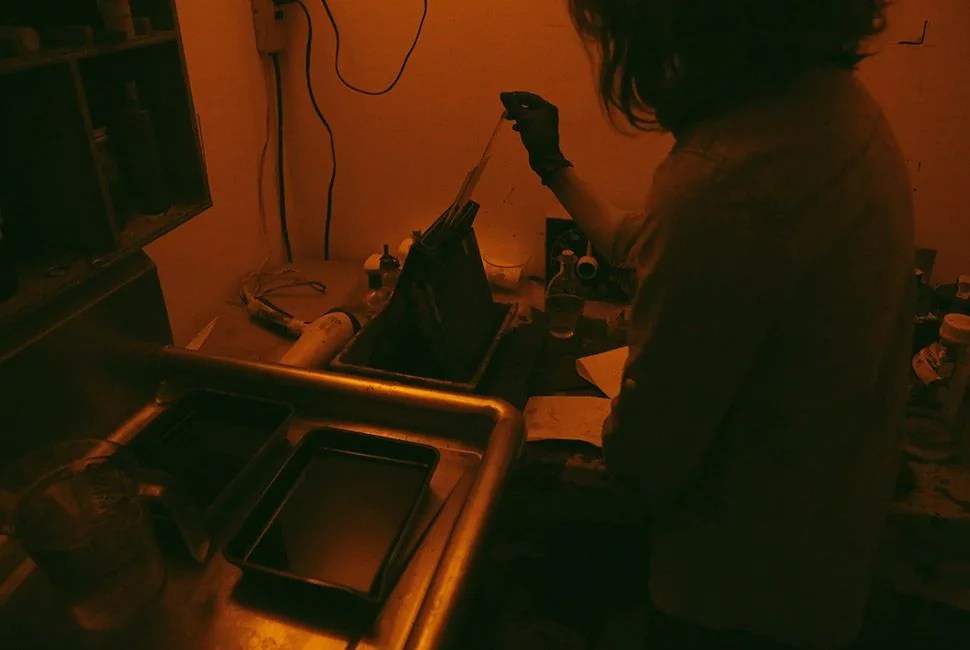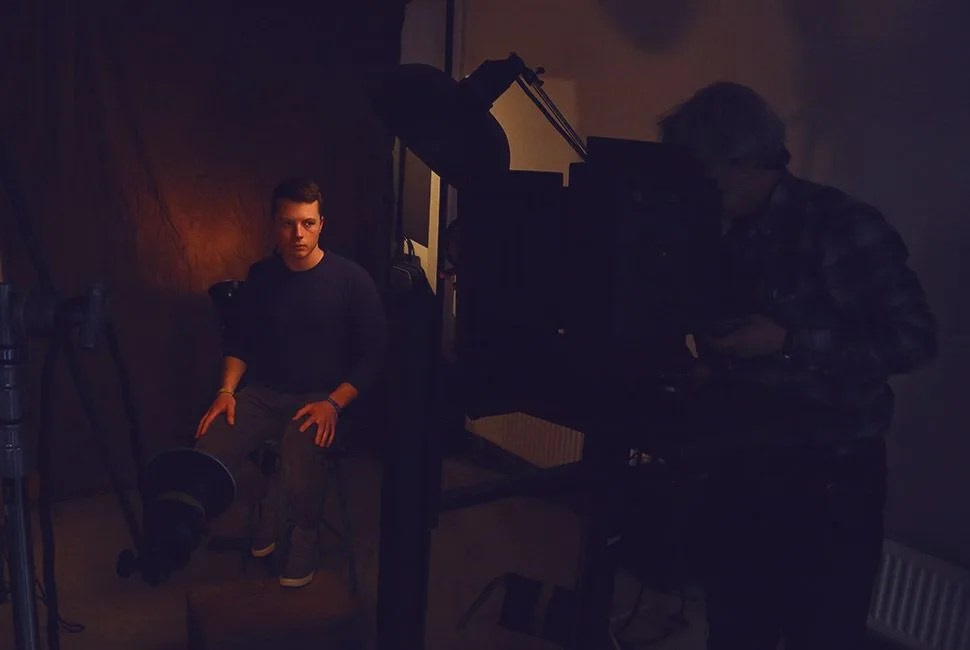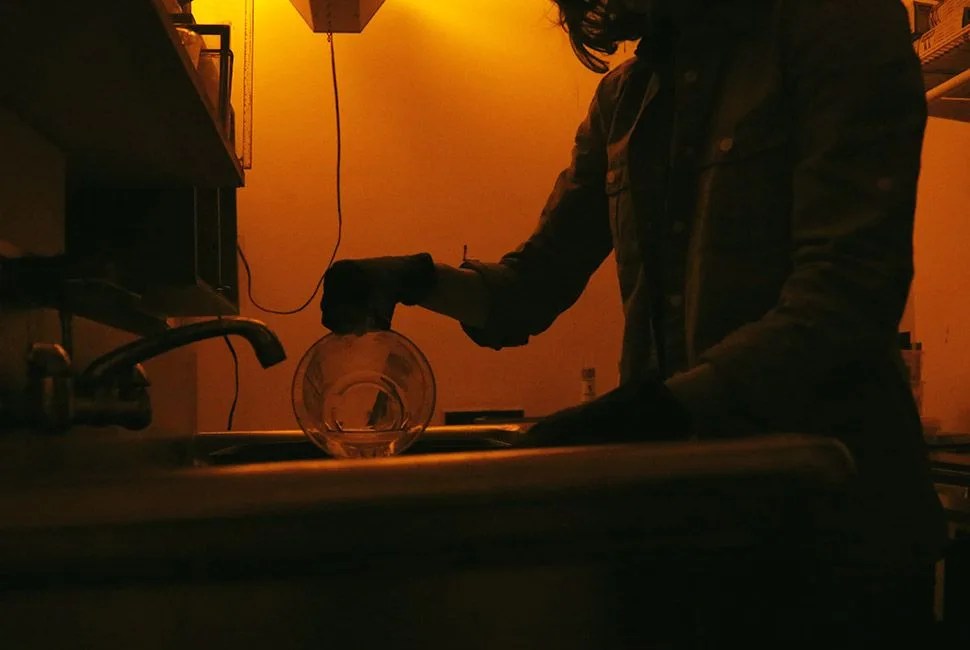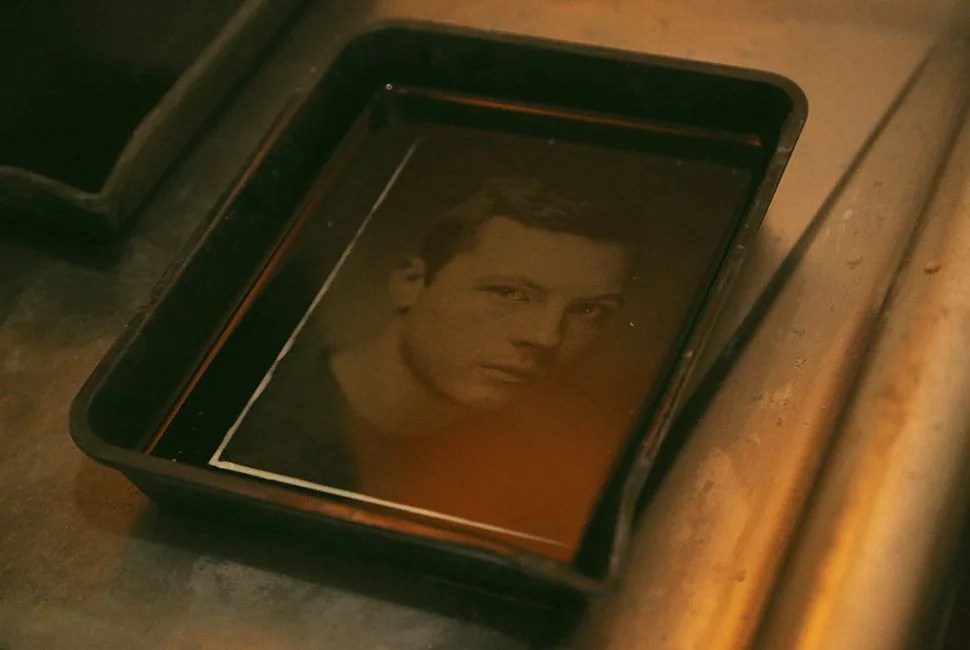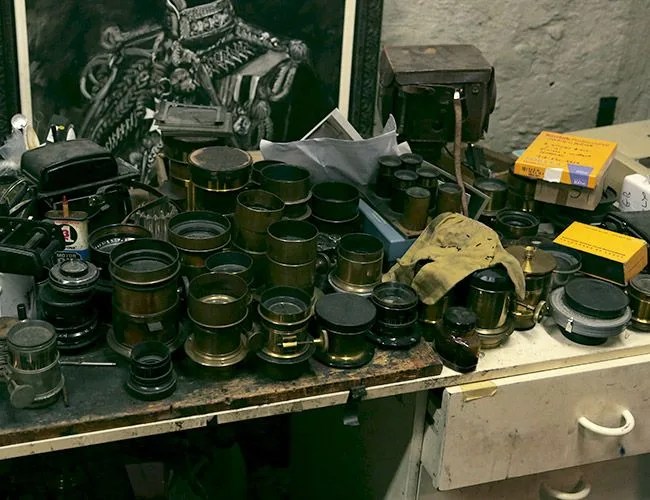11 photos
“You think this is it?” said Geoffrey Berliner — the left-leaning, wiry, animated executive director of the Penumbra Foundation — as we navigated through his amassment of vintage, rare and antique camera lenses. “Let me show you upstairs. There’re always more lenses.” His collection includes a number of lenses designed for tintype photography, including a Dallmeyer 3C Petzval Portrait Lens from the 1860s, a Cooke Anastigmat Series “O” Opic from the 1930s and an Oscar Zwierzena Plasticca Kunst Objective Soft Focus Lens from the 1920s. For Berliner, these lenses are more than just artifacts in a collection. He uses some of the lenses for taking portraits in the tintype studio of the Penumbra Foundation, one of the few places left in the country keeping tintype photography, the medium of choice for many portrait photographers in the late 19th century, alive and accessible to the general public.
Tintype photography dates back to the mid-1850s. The process involves coating metal plates in light-sensitive material, exposing them to light to create a negative and finally developing them in a chemical bath resulting in a chemically transformed metal image. Compared to other photographic methods of the time period, in which subjects were required to sit perfectly still for extended periods of time, tintype photography was an instant picture. “It’s frequently called the Polaroid of the 19th century because you could go in and have a tintype made in about 10 or 15 minutes. You could literally walk in and have the thing coated, shot and be out the door in 15 minutes.” Tintype fits into a genre of photography called wet plate collodion. This is because the metal plate must stay wet in order for the light to react with the silver halide solution that the plate is coated with. This is also what drives the expedited nature of the method.
The Penumbra Foundation
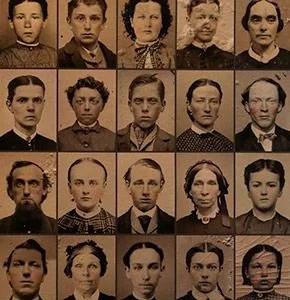
The Penumbra Foundation is a nonprofit organization that holds workshops, artist talks and educational sessions, including classes and portfolio reviews for artists, aspiring photographers and the general public. They have a number of different services available including studio rentals, portfolio reviews as well as a fully functioning tintype studio where anyone can have their portrait taken.
The main goal of the foundation is education. “We want to give away something, an experience, that will have impact on somebody — a young person,” said Geoffrey Berliner, the foundation’s executive director. “Hopefully, it will afford them the ability to have what I call a positive impact on the world. Through storytelling, through photography, through media.”
